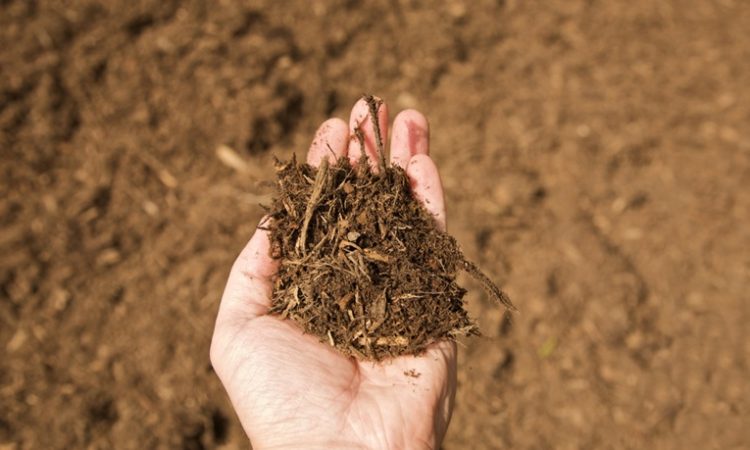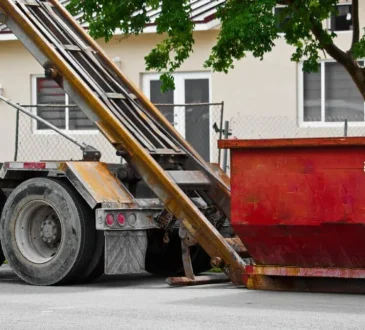
Proper mulching techniques play a crucial role in maintaining healthy landscapes and gardens. Homeowners utilizing mulch Alpharetta can significantly improve soil health, moisture retention, and overall plant vitality. However, common mulching mistakes can negate these benefits and potentially harm plants. Understanding these errors and learning how to avoid them ensures that mulching efforts contribute positively to landscape health and appearance.
Applying Mulch Too Thickly
One of the most frequent mulching mistakes is applying an excessively thick layer. While mulch provides numerous benefits, over-application can lead to serious issues. A layer of mulch that’s too deep can suffocate plant roots, prevent water from reaching the soil, and create an environment conducive to pest infestations and fungal growth. The ideal mulch depth typically ranges from 2 to 4 inches, depending on the mulch type and specific landscape needs. When applying mulch, it’s crucial to maintain a consistent depth across the mulched area, ensuring adequate coverage without overdoing it. Regular checks and adjustments help maintain the optimal mulch depth over time, as mulch can settle or be displaced by weather and other factors.
Mulching Too Close to Tree Trunks and Plant Stems
Another common mistake is piling mulch against tree trunks or plant stems, creating what’s often referred to as a “mulch volcano.” This practice can lead to bark decay, invite pests and diseases, and encourage shallow root growth. Proper mulching technique involves leaving a space of several inches around tree trunks and plant stems, allowing the base of the plant to breathe and remain dry. This spacing also helps prevent rodents and other pests from using the mulch as cover to access and damage the plant’s bark. When mulching around trees, create a wide, flat layer that extends to the tree’s drip line rather than a mound against the trunk.
Using the Wrong Type of Mulch
Selecting the appropriate type of mulch for specific landscaping needs is crucial for achieving optimal results. Different mulch materials offer varying benefits and are suited to different applications. For instance, organic mulches like wood chips or bark decompose over time, enriching the soil but requiring more frequent replenishment. Inorganic mulches like stones or rubber may last longer but don’t provide the same soil-enriching benefits. Factors to consider when choosing mulch include the local climate, soil type, plant species, and aesthetic preferences. Using fresh wood chips or mulch that haven’t been properly aged can rob the soil of nitrogen as it decomposes, potentially harming plants. It’s important to select mulch that complements the landscape’s needs and enhances its overall health and appearance.
Improper Timing of Mulch Application
The timing of mulch application can significantly impact its effectiveness and the health of the plants it’s meant to protect. Applying mulch at the wrong time of year can interfere with natural growth cycles or create conditions that are detrimental to plant health. In general, the best time to apply mulch is in late spring, after the soil has warmed up but before the heat of summer sets in. This timing helps retain soil moisture during hot months and suppresses weed growth. However, in colder climates, applying a layer of mulch in late fall can help protect plant roots from winter freeze-thaw cycles. It’s important to avoid applying mulch when the ground is frozen or waterlogged, as this can lead to soil compaction and poor drainage.
Conclusion
Avoiding common mulching mistakes is essential for maximizing the advantages of adding mulch to your landscape. By applying mulch at the correct depth, maintaining proper distance from plant stems and tree trunks, selecting appropriate mulch types, and timing applications correctly, gardeners can enhance soil health, improve plant growth, and create more attractive landscapes. Regular maintenance and adjustment of mulch layers ensure ongoing benefits and prevent potential issues. With proper techniques, mulching becomes a powerful tool in creating and maintaining vibrant, healthy outdoor spaces that thrive year-round.




